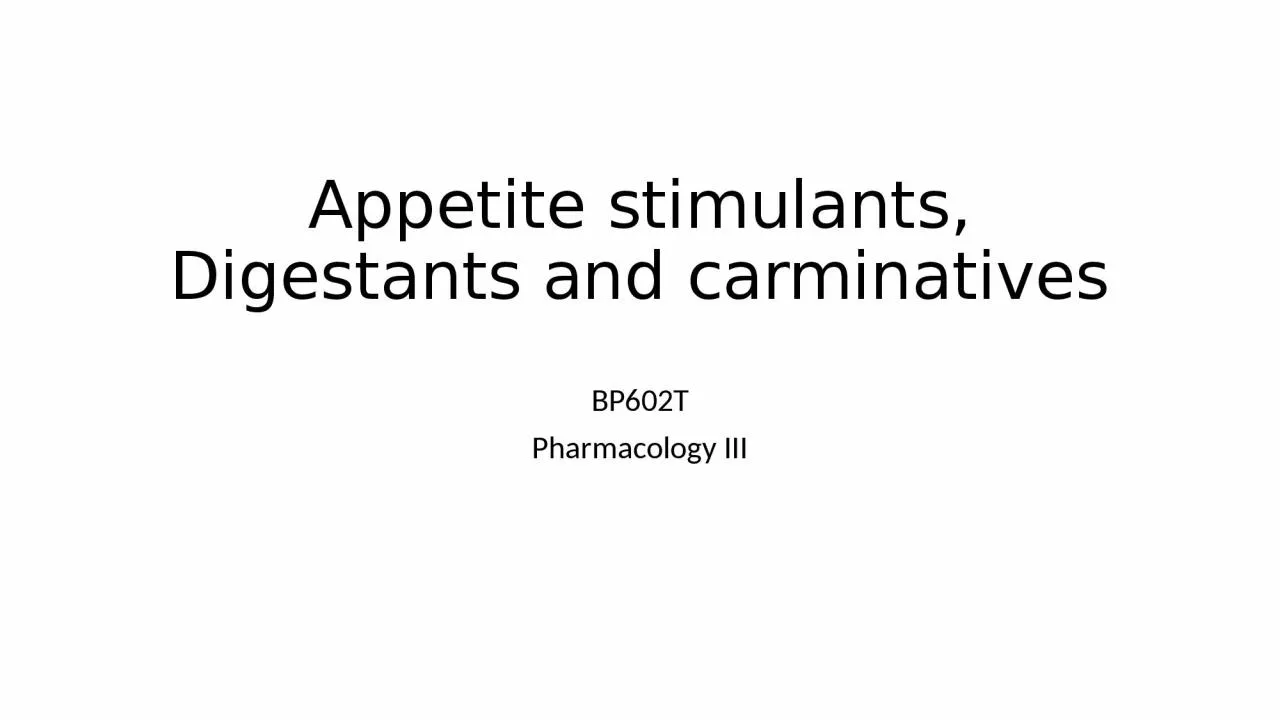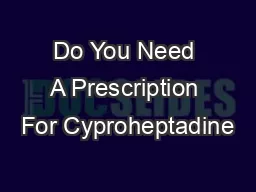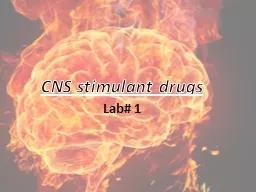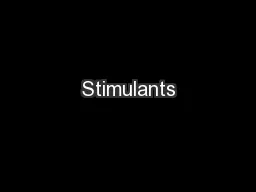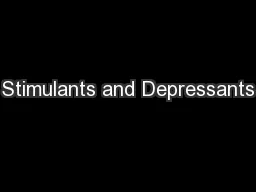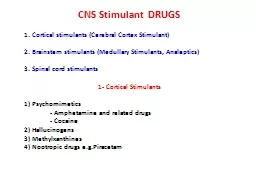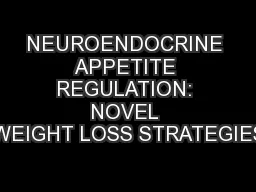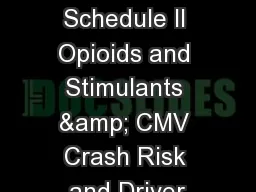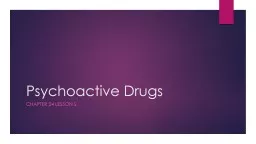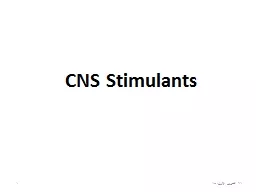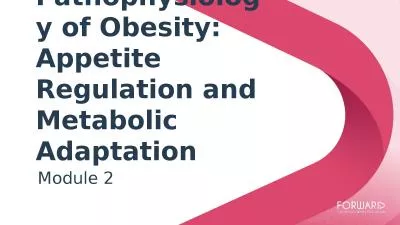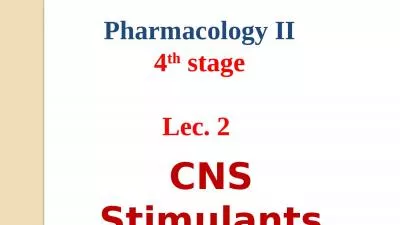PPT-Appetite stimulants, Digestants and carminatives
Author : felicity | Published Date : 2023-11-07
BP602T Pharmacology III Appetite Appetite is a desire to eat or drink Appetite is a complex phenomenon influenced by several factors The final outcome is achieved
Presentation Embed Code
Download Presentation
Download Presentation The PPT/PDF document "Appetite stimulants, Digestants and carm..." is the property of its rightful owner. Permission is granted to download and print the materials on this website for personal, non-commercial use only, and to display it on your personal computer provided you do not modify the materials and that you retain all copyright notices contained in the materials. By downloading content from our website, you accept the terms of this agreement.
Appetite stimulants, Digestants and carminatives: Transcript
Download Rules Of Document
"Appetite stimulants, Digestants and carminatives"The content belongs to its owner. You may download and print it for personal use, without modification, and keep all copyright notices. By downloading, you agree to these terms.
Related Documents

